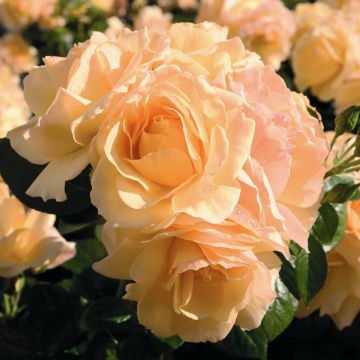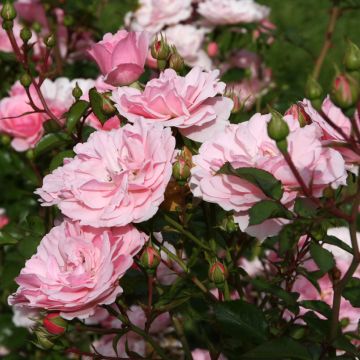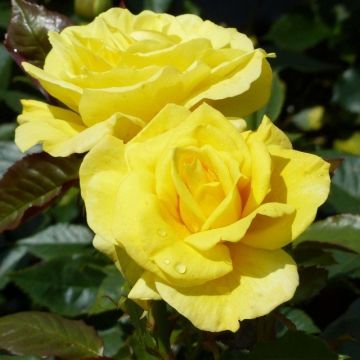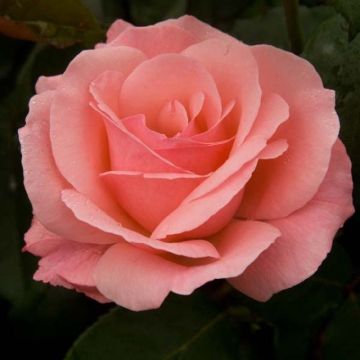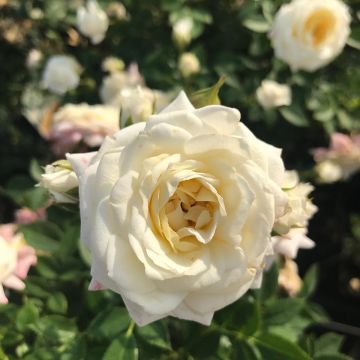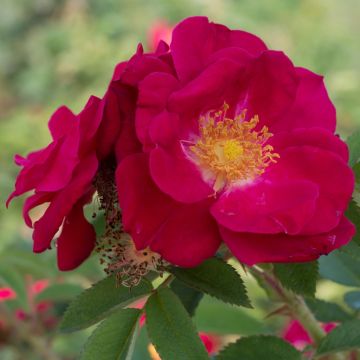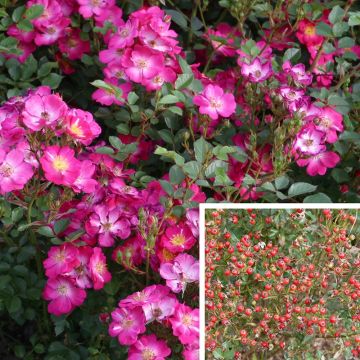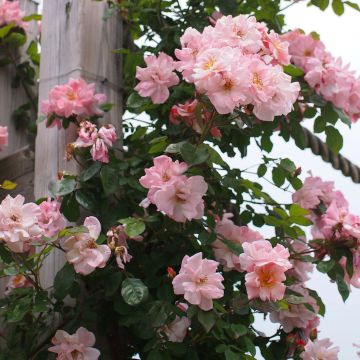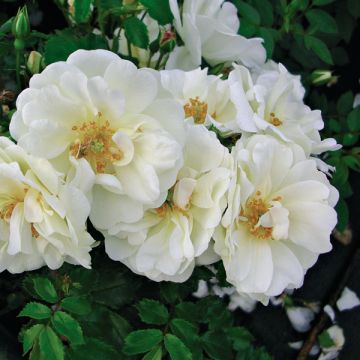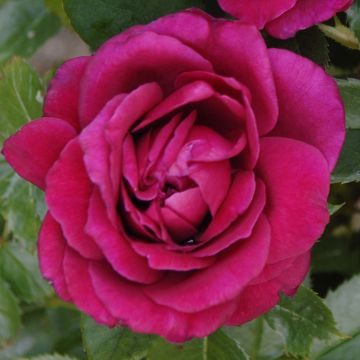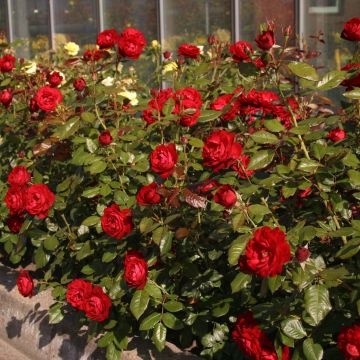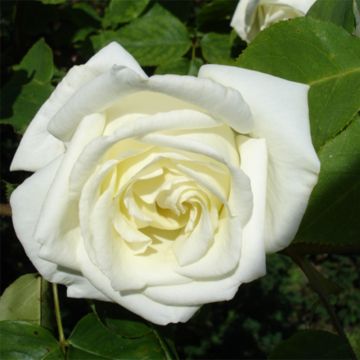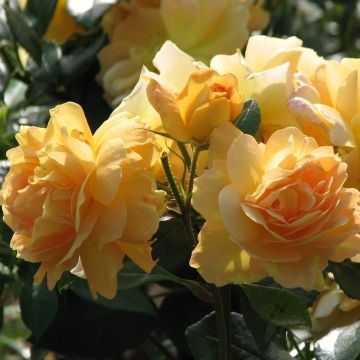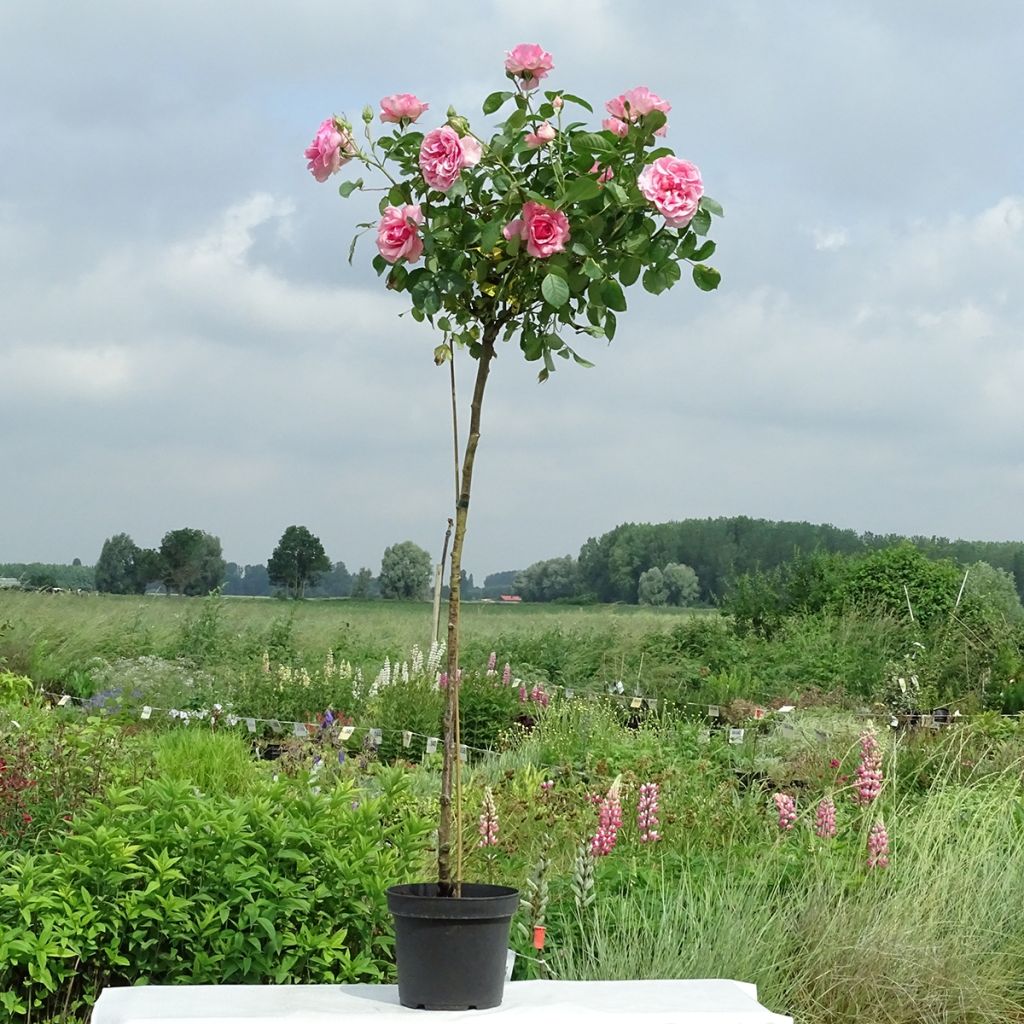

Rosa x floribunda 'Côté Jardin' - Standard Rose
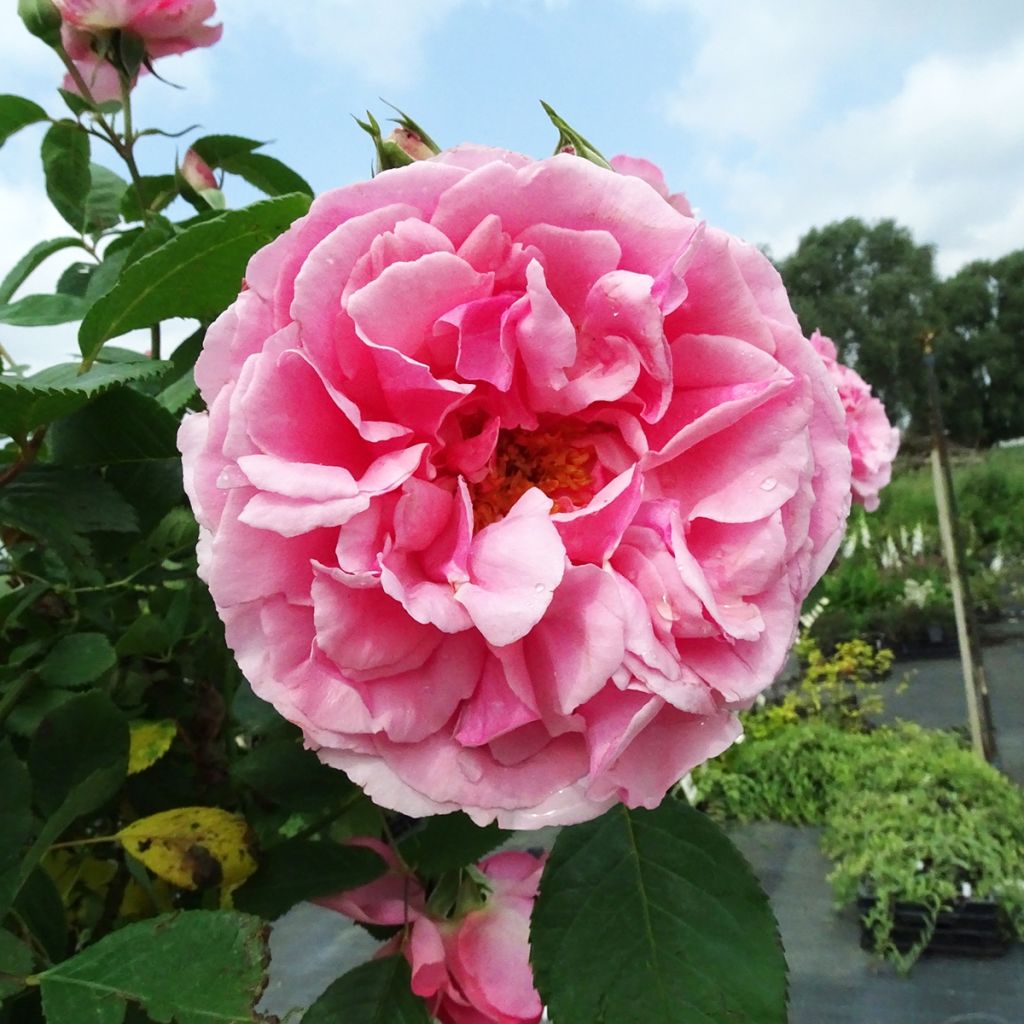

Rosa x floribunda 'Côté Jardin' - Standard Rose
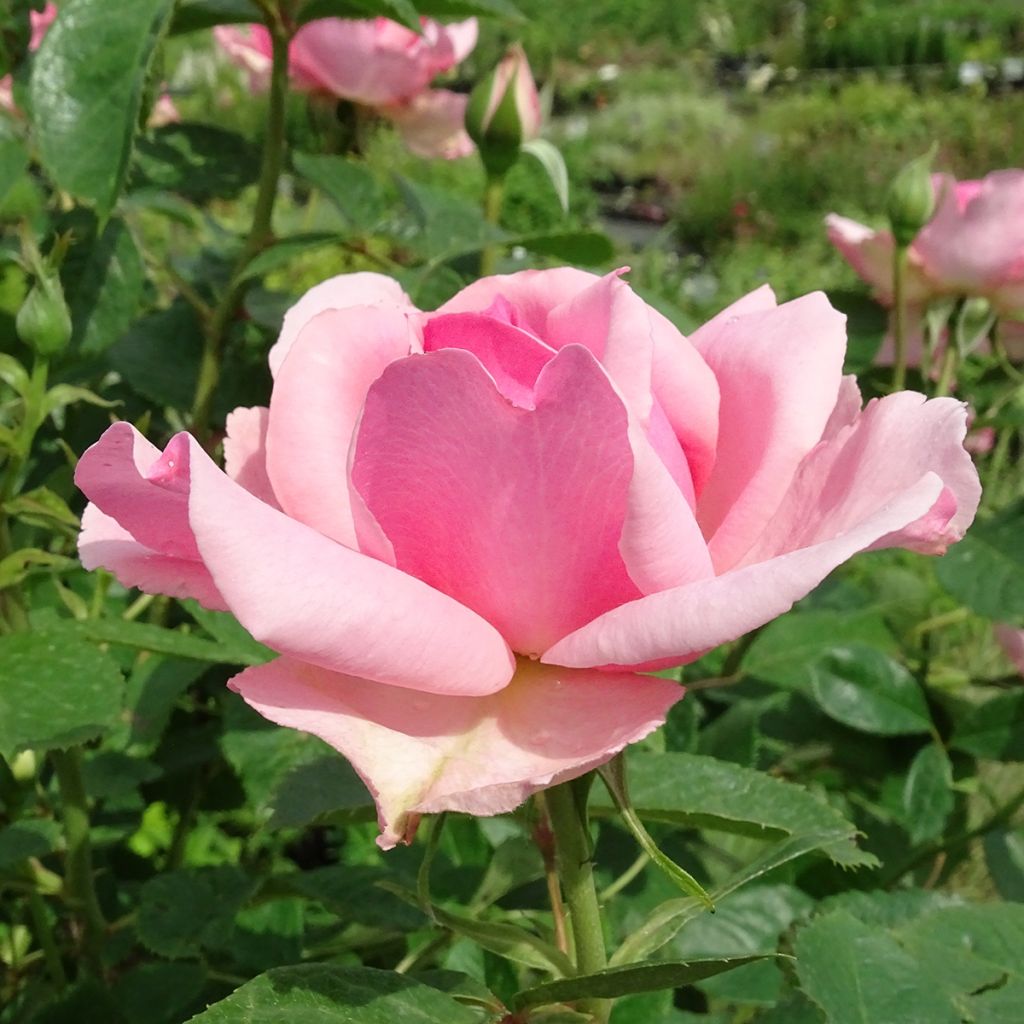

Rosa x floribunda 'Côté Jardin' - Standard Rose
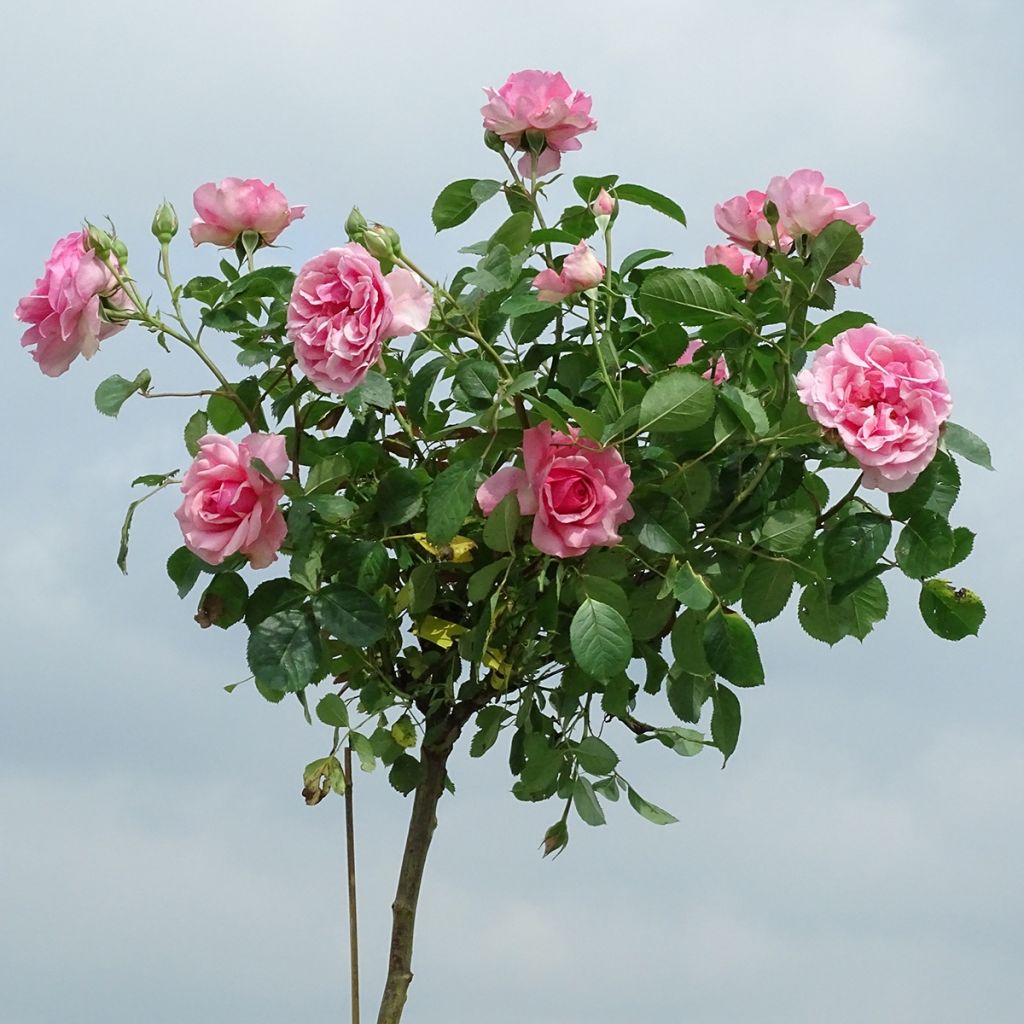

Rosa x floribunda 'Côté Jardin' - Standard Rose
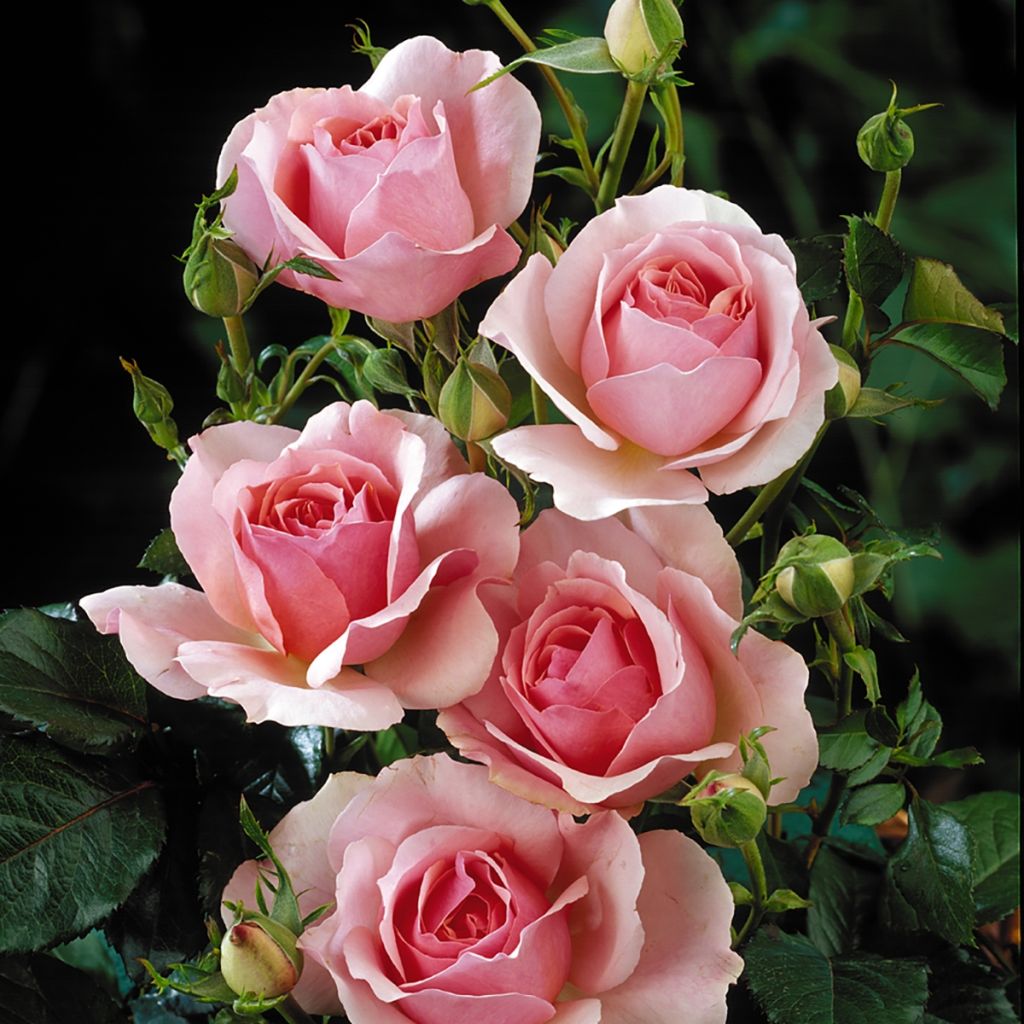

Rosa x floribunda 'Côté Jardin' - Standard Rose
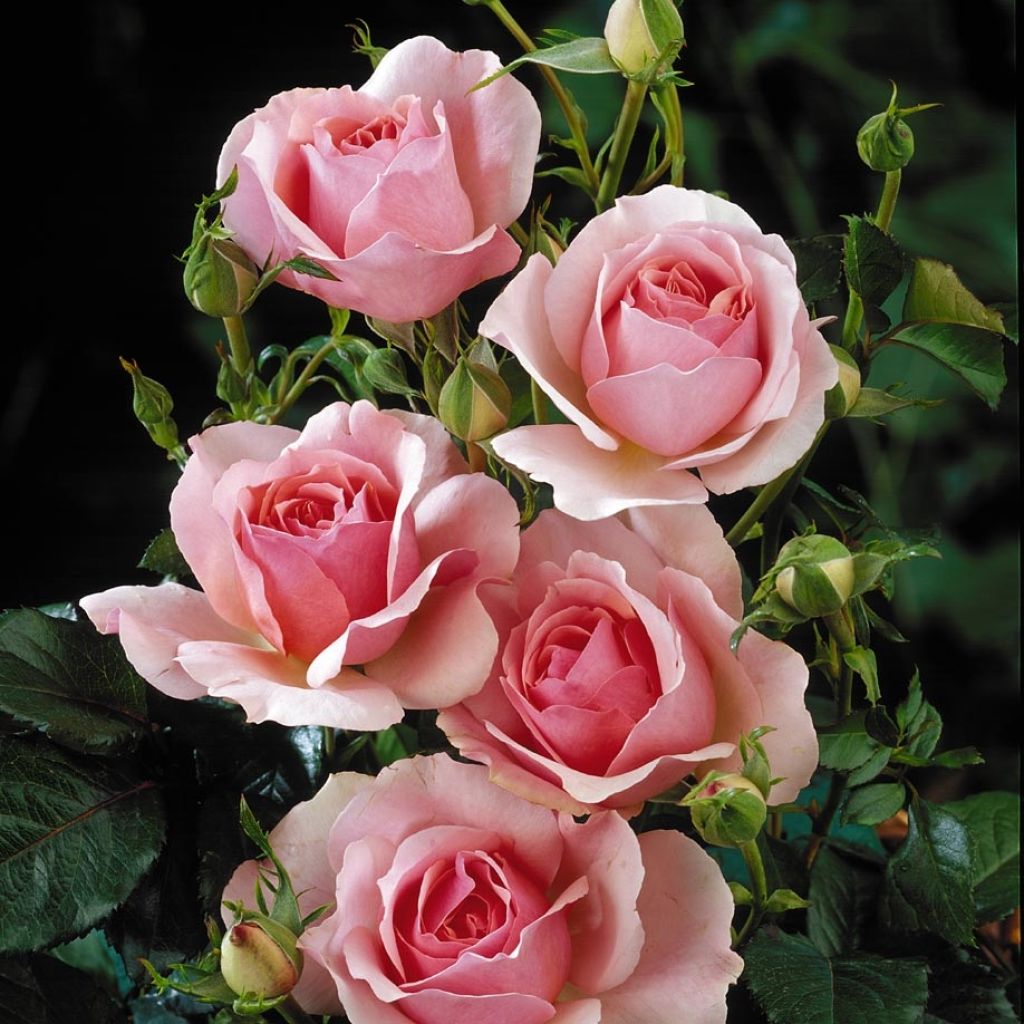

Rosa x floribunda 'Côté Jardin' - Standard Rose
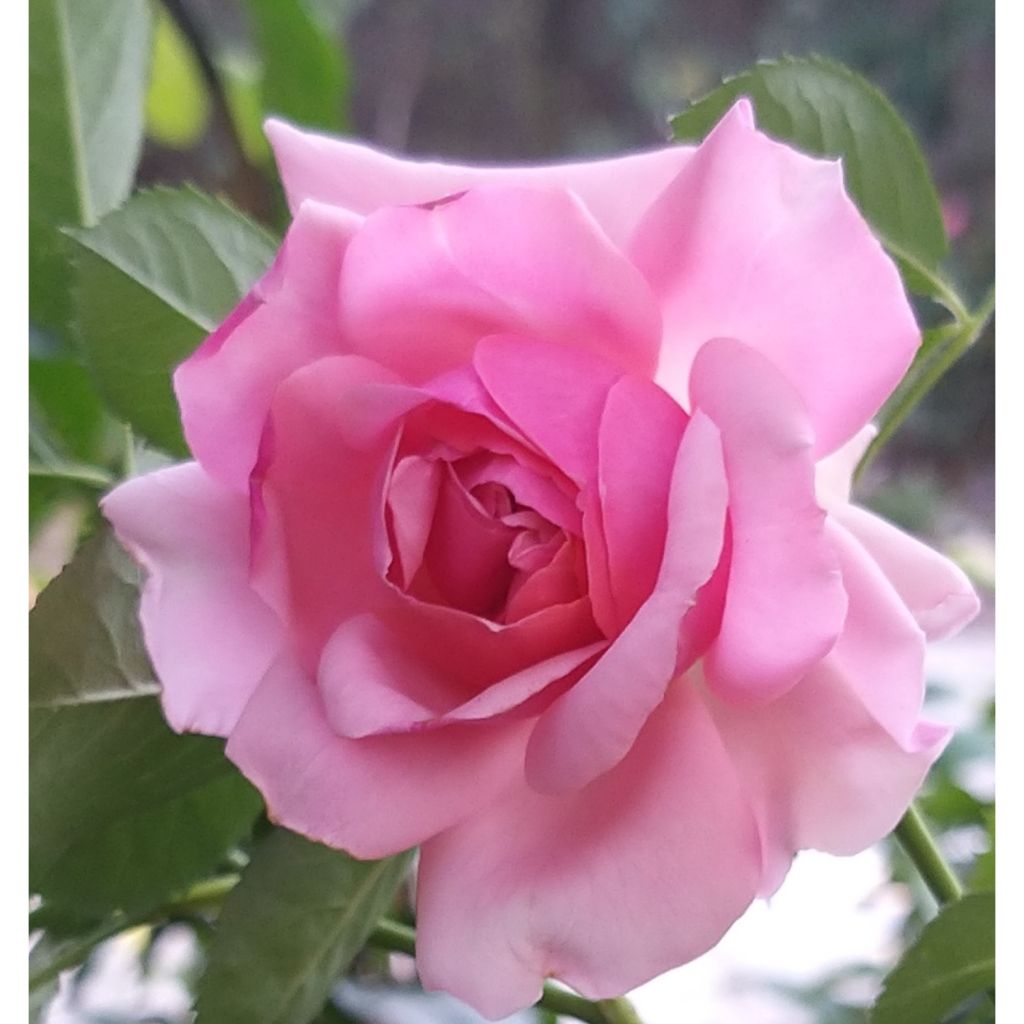

Rosa x floribunda 'Côté Jardin' - Standard Rose
Rosa x floribunda 'Côté Jardin' - Standard Rose
Rosa x floribunda Côté jardin® Orapent
Orapent
Thanks to Hélène (order preparation) and the shipping service, the received rose bush is healthy. Planted near the "Paul Neyron" variety, I am now looking forward to seeing how it evolves...
Thierry, 24/06/2021
This item cannot be shipped to the selected country
Oversize package delivery charge from €6.90
Oversize package delivery charge from €6.90
Delivery to Corse prohibited
More information
Schedule delivery date,
and select date in basket
This plant carries a 24 months recovery warranty
More information
We guarantee the quality of our plants for a full growing cycle, and will replace at our expense any plant that fails to recover under normal climatic and planting conditions.
Oversize package: home delivery by special carrier from €6.90 per order..
Express home delivery from €8.90.
Oversize package: home delivery by special carrier from €6.90 per order..
Express home delivery from €8.90.
Delivery to Corse prohibited: UE law prohibits the import of this plant from mainland France to Corse as part of the fight against Xylella fastidiosa. Please accept our sincere apologies.
More information

Does this plant fit my garden?
Set up your Plantfit profile →
Description
The 'Côté Jardin' Standard Rose or 'Orapent' showcases a variety that has been awarded numerous times for its flowers' beauty, natural resistance to diseases, and strong vigour. On its crown, bouquets of roses of a good size bloom until the first frost, making it a rose with clustered flowers, beautifully curved, in a lovely pearly pink gradient. They are perfectly highlighted by abundant foliage, with a beautiful light and shiny green colour, and are less prone to diseases. A true ray of sunshine will be placed prominently in the garden or a large pot on the terrace.
Standard roses are created through a process called grafting. This involves taking a stem from a different type of rose, such as Rosa canina, R. laxa or R. multiflora, and grafting it onto the top of a single and upright stem belonging to a different rose variety as the Côté Jardin bush rose. In regions with very cold winters, it may be necessary to protect the rootstock during this time.
The 'Côté Jardin' Rose is a beautiful French creation by Orard, which has received several awards in Europe: Gold Medal in SAVERNE 1998, 2nd Prize in BAGATELLE in 1998, Silver Medal in MONZA in 1998, Certificate of Merit in ROME in 1998, Certificate of Merit in THE HAGUE in 1998. This variety belongs to the floribunda rose family, which produces flowers clustered in clusters. Grafted on a stem, it displays a characteristic habit, with a slender and vertical "trunk" carrying a large globular crown. Its thorny stems bear abundant glossy foliage, divided into small, tough and toothed leaflets. The young shoots are red to bronze in colour. Its flowering is abundant and regular from May-June until October-November, if it is regularly pruned and provided with enough water. The flowers are gathered in clusters of 3 to 5 units, 8 to 10 cm (3 to 4in) wide, composed of 25 to 30 petals. The tightly closed buds open into beautifully curved cups, with a deeper pink colour in the centre and white pink on the periphery. The fragrance of this rose is absent. The plant loses its leaves in winter.
This C'ôté Jardin' Standard Rose is a magnificent specimen to be placed in the centre of a bed of light perennials, along a pathway, near the terrace, as a standalone feature in a well-maintained small garden or in a large pot on the balcony. Its pink colour pairs well with white, mauve, purple, or blue flowers. For example, you can plant nepetas, shrubby and perennial salvias, foxgloves, love-in-a-mist, or boxwood borders alongside it in a French-style setting. A ground cover composed of silver baskets or aubrietas will perfectly enhance it.
Report an error about the product description
Plant habit
Flowering
Foliage
Botanical data
Rosa
x floribunda
Côté jardin® Orapent
Rosaceae
Orapent
Cultivar or hybrid
Other Tree Roses - Stem Roses
Planting and care
Rose bushes need sunlight for 4-5 hours every day, but it's best to protect them from the strong sun and wind. They grow best in loose, permeable soil that is rich in humus. The soil should be well-cultivated and rich enough, but they can also grow in any type of soil.
If you're planting them in a pot, loosen the soil to a depth of 10 inches and add a base amendment like blood, fish and bone at the bottom of the planting hole. Position the plant and cover the top of the root ball with 1 inch of soil. Fill in the hole, press down the soil, and water generously to eliminate air pockets. Water regularly during dry weather for a few weeks to help the roots develop. Use special rose fertilisers to promote flowering.
In areas with harsh winters, it is recommended to cover the grafting branch of standard roses (also known as the "trunk") with a thick winter veil to protect it.
Roses may develop unsightly spots at the end of summer, but this is a natural occurrence and doesn't harm the rose's growth.
Planting period
Intended location
Care
-
, onOrder confirmed
Reply from on Promesse de fleurs
Roses by purpose
Haven't found what you were looking for?
Hardiness is the lowest winter temperature a plant can endure without suffering serious damage or even dying. However, hardiness is affected by location (a sheltered area, such as a patio), protection (winter cover) and soil type (hardiness is improved by well-drained soil).

Photo Sharing Terms & Conditions
In order to encourage gardeners to interact and share their experiences, Promesse de fleurs offers various media enabling content to be uploaded onto its Site - in particular via the ‘Photo sharing’ module.
The User agrees to refrain from:
- Posting any content that is illegal, prejudicial, insulting, racist, inciteful to hatred, revisionist, contrary to public decency, that infringes on privacy or on the privacy rights of third parties, in particular the publicity rights of persons and goods, intellectual property rights, or the right to privacy.
- Submitting content on behalf of a third party;
- Impersonate the identity of a third party and/or publish any personal information about a third party;
In general, the User undertakes to refrain from any unethical behaviour.
All Content (in particular text, comments, files, images, photos, videos, creative works, etc.), which may be subject to property or intellectual property rights, image or other private rights, shall remain the property of the User, subject to the limited rights granted by the terms of the licence granted by Promesse de fleurs as stated below. Users are at liberty to publish or not to publish such Content on the Site, notably via the ‘Photo Sharing’ facility, and accept that this Content shall be made public and freely accessible, notably on the Internet.
Users further acknowledge, undertake to have ,and guarantee that they hold all necessary rights and permissions to publish such material on the Site, in particular with regard to the legislation in force pertaining to any privacy, property, intellectual property, image, or contractual rights, or rights of any other nature. By publishing such Content on the Site, Users acknowledge accepting full liability as publishers of the Content within the meaning of the law, and grant Promesse de fleurs, free of charge, an inclusive, worldwide licence for the said Content for the entire duration of its publication, including all reproduction, representation, up/downloading, displaying, performing, transmission, and storage rights.
Users also grant permission for their name to be linked to the Content and accept that this link may not always be made available.
By engaging in posting material, Users consent to their Content becoming automatically accessible on the Internet, in particular on other sites and/or blogs and/or web pages of the Promesse de fleurs site, including in particular social pages and the Promesse de fleurs catalogue.
Users may secure the removal of entrusted content free of charge by issuing a simple request via our contact form.
The flowering period indicated on our website applies to countries and regions located in USDA zone 8 (France, the United Kingdom, Ireland, the Netherlands, etc.)
It will vary according to where you live:
- In zones 9 to 10 (Italy, Spain, Greece, etc.), flowering will occur about 2 to 4 weeks earlier.
- In zones 6 to 7 (Germany, Poland, Slovenia, and lower mountainous regions), flowering will be delayed by 2 to 3 weeks.
- In zone 5 (Central Europe, Scandinavia), blooming will be delayed by 3 to 5 weeks.
In temperate climates, pruning of spring-flowering shrubs (forsythia, spireas, etc.) should be done just after flowering.
Pruning of summer-flowering shrubs (Indian Lilac, Perovskia, etc.) can be done in winter or spring.
In cold regions as well as with frost-sensitive plants, avoid pruning too early when severe frosts may still occur.
The planting period indicated on our website applies to countries and regions located in USDA zone 8 (France, United Kingdom, Ireland, Netherlands).
It will vary according to where you live:
- In Mediterranean zones (Marseille, Madrid, Milan, etc.), autumn and winter are the best planting periods.
- In continental zones (Strasbourg, Munich, Vienna, etc.), delay planting by 2 to 3 weeks in spring and bring it forward by 2 to 4 weeks in autumn.
- In mountainous regions (the Alps, Pyrenees, Carpathians, etc.), it is best to plant in late spring (May-June) or late summer (August-September).
The harvesting period indicated on our website applies to countries and regions in USDA zone 8 (France, England, Ireland, the Netherlands).
In colder areas (Scandinavia, Poland, Austria...) fruit and vegetable harvests are likely to be delayed by 3-4 weeks.
In warmer areas (Italy, Spain, Greece, etc.), harvesting will probably take place earlier, depending on weather conditions.
The sowing periods indicated on our website apply to countries and regions within USDA Zone 8 (France, UK, Ireland, Netherlands).
In colder areas (Scandinavia, Poland, Austria...), delay any outdoor sowing by 3-4 weeks, or sow under glass.
In warmer climes (Italy, Spain, Greece, etc.), bring outdoor sowing forward by a few weeks.

































